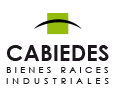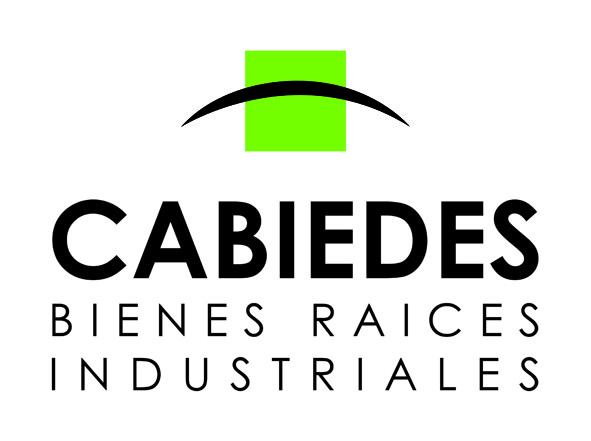Adjusting Journal Entries: Definition & Types
But you’re still 100% on the line for making sure those adjusting entries are accurate and completed on time. When expenses are prepaid, a debit asset account is created together with the cash payment. The adjusting entry is made when accounting software: xero webinar the goods or services are actually consumed, which recognizes the expense and the consumption of the asset. The primary distinction between cash and accrual accounting is in the timing of when expenses and revenues are recognized.
Estimates
In the accounting cycle, adjusting entries are made prior to preparing a trial balance and generating financial statements. For example, going back to the example above, say your customer called after getting the bill and asked for a 5% discount. If you granted the discount, you could post an adjusting journal entry to reduce accounts receivable and revenue by $250 (5% of $5,000). Specifically, they make sure that the numbers you have recorded match up to the correct accounting periods. When the cash is paid, an adjusting entry is made to remove the account payable that was recorded together with the accrued expense previously.
What are Adjusting Journal Entries (AJE)?
Most small business owners choose straight-line depreciation to depreciate fixed assets since it’s the easiest method to track. In order to create accurate financial statements, you must create adjusting entries for your expense, revenue, and depreciation accounts. Making adjusting entries is a way to stick to the matching principle—a principle in accounting that says expenses should be recorded in the same accounting period as revenue related to that expense. Non-cash expenses – Adjusting journal entries are also used to record paper expenses like depreciation, amortization, and depletion. These expenses are often recorded at the end of period because they are usually calculated on a period basis. This also relates to the matching principle where the assets are used during the year and written off after they are used.
We prepare the Final Accounts straight away with the amounts stated in the Trial Balance. The Ascent is a Motley Fool service that rates and reviews essential products for your everyday money matters. The conference showrunners will pay you $2,000 to deliver a talk on the changing face of the tote bag industry.
If you do your own accounting and you use the cash basis system, you likely won’t need to make adjusting entries. Now that all of Paul’s AJEs are made in his accounting system, he can record them on the accounting worksheet and prepare an adjusted trial balance. It identifies the part of accounts receivable that the company does not expect to be able to collect. When it is definite that a certain amount cannot be collected, the previously recorded allowance for the doubtful account is removed, and a bad debt expense is recognized. They can, however, be made at the end of a quarter, a month, or even at the end of a day, depending on the accounting procedures and the nature of business carried on by the company. The process of recording such transactions in the books is known as making adjustments.
Each one of these entries adjusts income or expenses to match the current period usage. This concept is based on the time period principle which states that accounting records and activities can be divided into separate time periods. Generally, adjusting journal entries are made for accruals and deferrals, as well as estimates. Sometimes, they are also used to correct accounting mistakes or adjust the estimates that were previously made. Any time that you perform a service and have not been able to invoice your customer, you will need to record the amount of the revenue earned as accrued revenue.
- Any time you purchase a big ticket item, you should also be recording accumulated depreciation and your monthly depreciation expense.
- The entry records any unrecognized income or expenses for the accounting period, such as when a transaction starts in one accounting period and ends in a later period.
- Then, in September, you record the money as cash deposited in your bank account.
- Estimates are adjusting entries that record non-cash items, such as depreciation expense, allowance for doubtful accounts, or the inventory obsolescence reserve.
Adjusting entries are Step 5 in the accounting cycle and an important part of accrual accounting. Adjusting entries allow you to adjust income and expense totals to more accurately reflect your financial position. Adjusting entries are made at the end of an accounting period to properly account for income and expenses not yet recorded in your general ledger, and should be completed prior to closing the accounting period.
The number and variety of adjustments needed at the end of the accounting period differ depending on the size and nature of the business. The updating/correcting process is performed through journal entries that are made at the end of an accounting year. However, there is a need to formulate accounting transactions based on the accrual accounting convention. If the Final Accounts are prepared without considering these items, the trading results (i.e., gross profit and net profit) will be incorrect. In this situation, the accounts thus prepared will not serve any useful purpose.
What is your current financial priority?
Under accrual accounting, revenues and expenses are booked when the revenues and expenses actually occur instead of when the cash transaction happens. To put these revenues and expenses in the right period, an accountant will book adjusting journal entries. For this example, the accountant would record an equal amount of revenue for each of the six months to reflect that the revenue is earned over the whole period. The actual cash transaction would still be tracked in the statement of cash flows.
Adjusting entries are crucial to ensure the correct balance and correct information in an account at the end of an accounting period. If your business typically receives payments from customers in bookkeeping services oxnard ca advance, you will have to defer the revenue until it’s earned. One of your customers pays you $3,000 in advance for six months of services. Depreciation is always a fixed cost, and does not negatively affect your cash flow statement, but your balance sheet would show accumulated depreciation as a contra account under fixed assets. Suppose in February you hire a contract worker to help you out with your tote bags.


Únete a la discusión